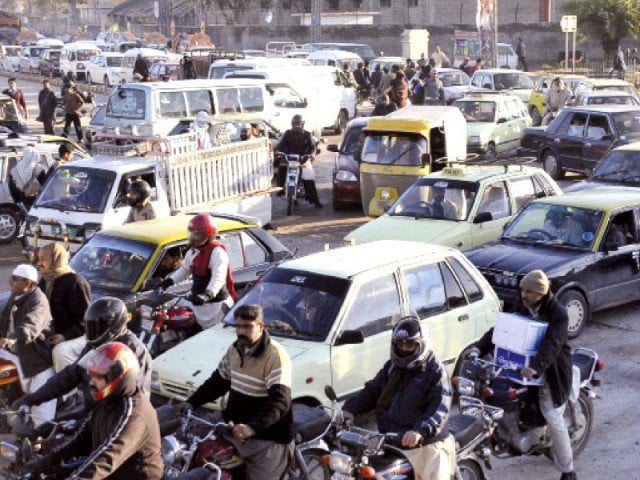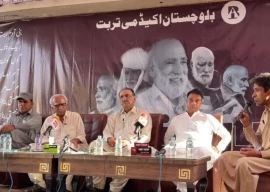
The population of Rawalpindi tehsil was counted at 3,258,547 individuals during the sixth Population and Housing Census 2017 as against the recorded population of 1,927,612 people as per the census of 1998, showing 69.045 growth rate over a period of 1998-2017.
Among the most populated tehsils, Rawalpindi was followed by Gujar Khan where 678,503 people were counted in 2017 census against headcount of 494,010 in 1998, the official data revealed.
Similarly, Taxila is the third most populous tehsil of the division where 677,951 individuals were found living as against 371,140 in the previous census. Population of Attock tehsil was recorded at 434,705 as compared with 261,829 people in 1998.
Number of people living in Fateh Jang tehsil increased to 325,970 from 214,256, Hassan Abdal to 216,566 from 135,856, Pindi Gheb to 271,594 from 195,704 during the period under review.
The population of Jand has increased to 295,483 from 228,349 and the population of Hazro rose to 339,238 from 238,941.
In Rawalpindi district, the population of Kahuta tehsil has increased to 220,576 from 155,080, Murree to 233,471 from 176,426, Kotli Sattian to 119,312 from 81,523 while the population of Kallar Sayyedan tehsil increased to 217,273 from 158,120 during 1998-2017.
In Jhelum district, the population of Jhelum tehsil increased to 445,190 from 333,539, Pind Dadan Khan to 336,852 from 263,615, Sohawa to 201,948 from 156,400 and the number of people living in Dina tehsil has increased to 238,660 from 183,403 in 1998.
In Chakwal district, the population of the Chakwal tehsil increased to 656,978 in 2017 from 475,500 in 1998, Choa Saidan Shah tehsil to 141,844 from 105,256, Talagang to 401,607 from 284,795, Lawa to 125,893 from 95,626, while the population of Kallar Kahar tehsil has increased to 169,660 in 2017 from 122,548 in 1998.
Published in The Express Tribune, November 3rd, 2017.

















COMMENTS
Comments are moderated and generally will be posted if they are on-topic and not abusive.
For more information, please see our Comments FAQ